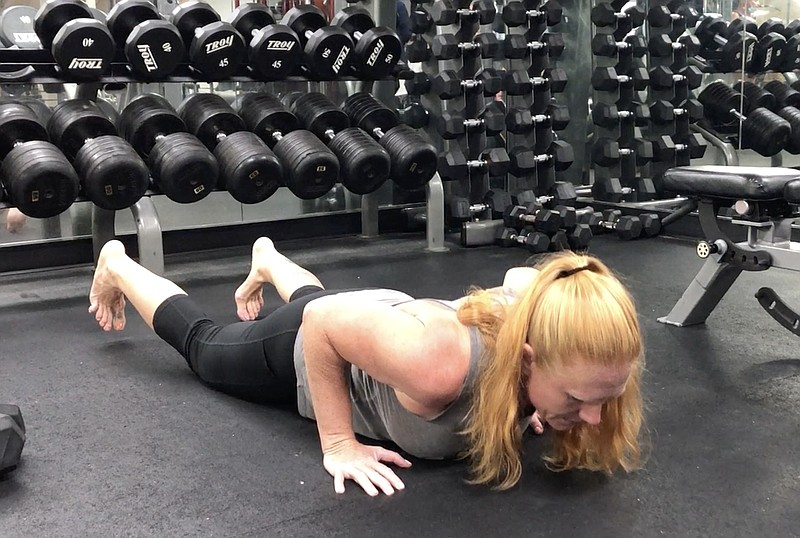Training to exhaustion isn't typically a concept that excites or intrigues the average exerciser. Most people are hoping to meet the recommended physical activity guidelines while juggling family and work responsibilities.
At the same time, there are elements of exhaustive training that can be used to one's advantage, particularly for those looking to improve muscular gains during training.
When I talk about exhaustive training, I'm exclusively referring to improving muscular strength and/or muscular endurance. Although some do engage in exhaustive training for cardiovascular purposes, that's not my cup of tea and I've never prescribed it to a client. But I regularly bring elements of exhaustive training into my own strength programs and would recommend the same for people who consider themselves moderate to advanced fitness enthusiasts.
This type of training element is about listening to your body and adjusting the workout to match your level of fatigue.
For example, a bicep workout might include bicep curls with 20-pound dumbbells to start. As exercisers perform each repetition, they will begin to experience fatigue. If they continue, they will eventually reach a point of exhaustion — failure. That's not the end. The idea behind exhaustive training is to reduce the resistance level (or difficulty) so you can do more repetitions after the initial failure. In this case, the exerciser would set the 20-pound weights down and pick up 15-pound dumbbells to continue.
This gives the exerciser the ability to reach "double exhaustion" with the same movement pattern.
This is just one example of exhaustive training in practice, and many exercisers actually do exhaustive training without realizing it. For me, it's a very useful technique that makes workouts efficient and effective without having to remember some complex set of patterns.
[Video not showing above? Click here to watch: arkansasonline.com/927master]
This week's exercise is designed to leverage exhaustive training through body weight adjustments. The Progressive Pushup is a fantastic method of training the upper body using the exhaustive training concept without using a single dumbbell.
1. Get into the "up" phase of a pushup with your arms fully extended and toes shoulder width apart.
2. Perform as many high quality pushups as you can in this position.
3. When you reach exhaustion, allow the knees to bend and make contact with the floor.
4. Try to perform a few more in this position.
5. Once you can't do anymore, allow the thighs to rest against the floor and perform two more.
This is a great way to introduce exhaustive training using a simple and safe technique. It's appropriate for nearly all fitness levels and I'd recommend trying it during your next upper body workout.
In my experience, it provides a feeling of accomplishment and muscular fatigue that is unlike a "normal" set routine. As a result, workout satisfaction increases, and the cycle is truly rewarding. Now, let's get to work!
Matt Parrott is glad to hear from readers. Send him questions or share a story about your pandemic workouts at vballtop@aol.com
